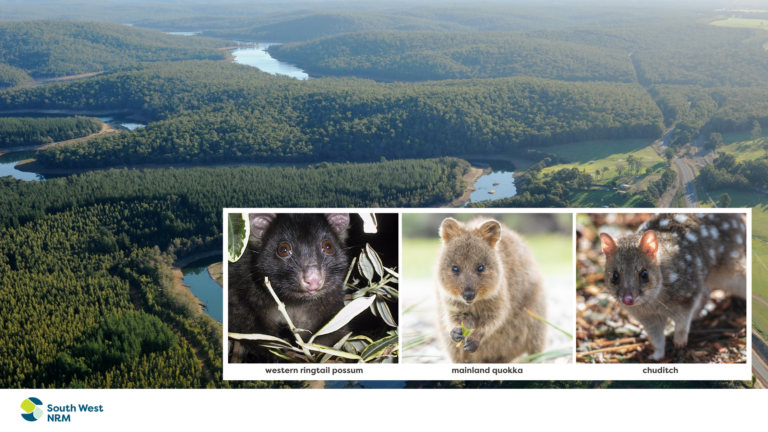
As a global biodiversity hotspot, we know our South West region is a safe haven for a range of native fauna which are at risk of extinction.
Developing strategies that will both protect and restore critical populations of wildlife found nowhere else on earth like our western ringtail possums, mainland quokkas and chuditch first need detailed population data.
We achieved this for the Wellington National Park under a five-year Regional Land Partnership project we delivered on behalf of the Federal Government and completed late last year.
Armed with data from a comprehensive terrestrial fauna monitoring program of the national park using remote sensor cameras, we’re now looking to next steps.
During the monitoring, our cameras confirmed presence and extent in the park of seven threatened mammal species – woylie, chuditch, quenda, western brush wallaby, brush-tailed phascogale, western ringtail possum and quokka.
What the cameras also picked up was presence of introduced predators including cats, foxes and pigs.
Introduced predator control within the national park is undertaken by the Department of Biodiversity, Conservation and Attractions however beyond the boundaries of the park where privately-owned properties are located, the threat of invasive species remains.
South West NRM’s team of ecologists believe that raising awareness and providing practical advice to landholders is a critical part of addressing these threats.
Recently the team helped a landholder near Margaret River install remote sensing cameras on her property so she could gain a deeper understanding of wildlife populations on her patch.
South West NRM works extensively with landholders across its two pillars of work – environmental conservation and sustainable agriculture – to support biodiversity and good land management practices because we know, the healthier our ecosystem, the healthier the planet and its people.



